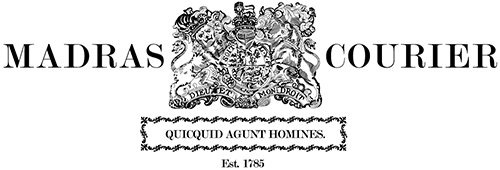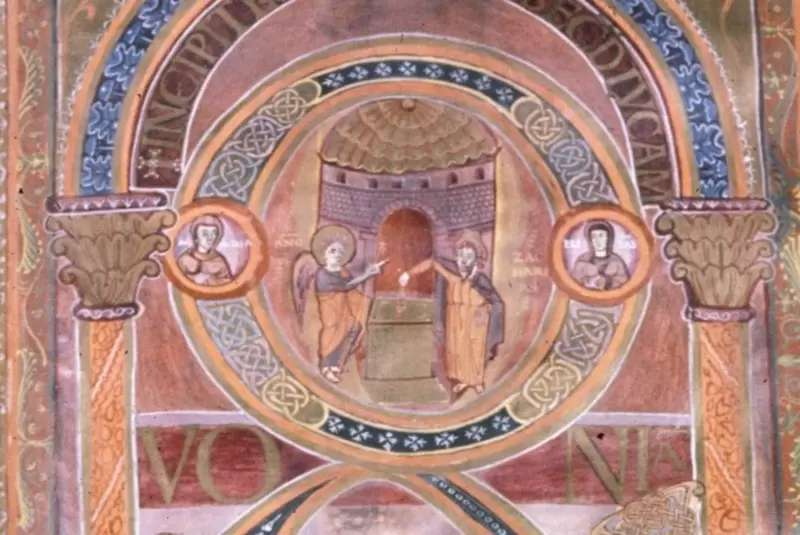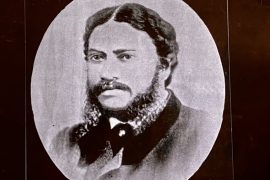Several manuscripts survived through the Middle Ages, but many do not have the rare privilege of being in the collection of one of the ‘closed’ sections of the British Library. That rare privilege belongs to the Harley Manuscripts.
The Harley manuscripts are a collection of over 7,000 manuscripts, 14,000 charters, and 500 rolls. The Harleian library is unrivalled in its rarity, abundance, and quality. But how did the Harleian collection come about? Why is such a diverse range of manuscripts compiled together?
The Harleian Library was founded in October 1704 by Robert Harley, a gentleman from an aristocratic family who had purchased 600 manuscripts from the English politician and antiquarian Sir Simonds d’Ewes. Years later, in 1711, Robert Harley was appointed the 1st Earl of Oxford.
The newly appointed Earl, along with his son, Edward Harley, actively worked to put together the collection. The dedicated father-son duo hired overseas agents to purchase manuscripts from Middle Europe. When a manuscript appeared in European auctions, the Harleys would sit right in the front. Consequently, the period saw the discovery of various English manuscripts, which entered the Harleian Library.
Edward Harley, the 2nd Earl of Oxford, had many friends. One among them was the poet Alexander Pope. So, the collection also includes the poet’s classic literary works.
In 1708, Humfrey Wanley became the Harleys’ library keeper. He was one of the original members of the Society of Antiquaries. Wanley’s diary and letters serve as vital sources for studying the growth of Harley’s manuscript collection.
Gradually, the Earl’s collection of antique manuscripts grew. When he died, he left the precious library to his wife in his will. When she passed, it was passed down to her daughter.
In 1753, the British government bought the library for £10,000. Combined with the Cotton Collection and Sloane Collection of manuscripts, the Harley manuscripts served as the foundation for the British Museum.
Why is a collection of ancient texts so valuable? What do the Harley manuscripts comprise?
These ancient texts date back to 800 CE and cover a wide range of subjects. The Harleian library includes fine literary works, age-old charters, medical treatises, and books of private devotions. But the highlight of the collection is the biblical manuscripts.
The Harley Golden Gospels, the earliest manuscript of the collection, is a magnificent copy of the Four Gospels written in gold and decorated on every page. Some believe the manuscript was probably written in Aachen in the year 800.
The Harley Golden Gospels open with lists of unique passages in the Four Gospels, designed with designs inspired by ancient architecture. Each page of a Gospel text illustrates the Evangelist holding his copy of the Gospel.
The ‘Manuscript of Gold’ was written during the reign of Charlemagne, the Holy Roman Emperor. The Roman sovereign, who wanted to revive the ancient art style of the Romans, purportedly decorated his chapel with this manuscript of the Golden Gospels.
The Gospels of Mael brigte, written in 1138 at Armagh, a civil parish in Northern Ireland, and the Worms Bible, written in the twelfth century and made an integral part of the Augustine abbey, are vital biblical manuscripts in the Harley collection.
The Anglo-Saxon period left a range of texts. Some of the finest manuscripts of the period are in the Harleian Library. The Ramset Psalter is a 10th-century manuscript written in gold. One full page of the text is devoted to an illustration of the Crucifixion.
The Harley collection of manuscripts houses several books of private devotion. The Prayerbook of Lady Jane Grey and the Psalter of Queen Philippa of England offer insight into the spiritual beliefs of the celebrated royals of medieval England.
Scribes copied the manuscripts and offered insight into their time and place. The change in the calligraphy allows historians to deduce that multiple scribes completed the manuscript. Dialects, illustrations, and even inks help us understand the background of the people who recorded them.
Copies of religious volumes precisely depict the work of multiple scribes. The first packed the pages with illustrations, while the second left huge spaces at the head of the section to fill it with initials.
Apart from spiritual works, original copies of classic literature enrich the Harley manuscripts. The Florentine copy of the works of Livy dates back to the fifteenth century. The Roman writer Livy began writing the History of Rome 2000 years ago. The manuscript is unusual and magnificently designed, for the period didn’t witness illustrated copies of literary works.
Poetry is bound to be a part of such a vast collection. The Harley Lyrics contain songs and poems covering politics, religion and romance dating back to the early fourteenth century. The compilation is the best-preserved lyrics of the period.
The Middle English poems narrate the politics of the battles from 1264 to 1314. Literary pieces of religion describe the lives of the Anglo-Norman monks.
Romance, the treasured subject of every poet, finds a special place in the collection. The poems and love songs narrate the tales of courtly romance during the fifteenth century.
However, the compilation of The Harley Lyrics has somewhat confused the scholars. The text is rich in three languages. Is the manuscript an anthology or a miscellany? The question has racked the brains of scholars for centuries. The answer differs. The most favoured conclusion is that it is a bit of both. The Harley Lyrics is a hybrid, a miscellany written with the nature of an anthology.
The glorious collection of the Harley manuscripts seems never-ending! From history to literature to religion, the ancient compilation has it all. The alchemical treatise of Splendor Solis is the most vital manuscript in the study of alchemy. It was written in 1582. The pages are fully decorated, with miniatures of an alchemy scholar holding a flask illustrated on every page.
The British Library has now digitalised several manuscripts of the Harley collection. Other more ancient copies are not available for public viewing; permission letters are required to access certain sections of the Harley manuscripts.
The manuscripts serve as a window to the medieval era. A dive into the study of the Harleian library takes you on a journey of the Middle Ages in Europe.
-30-
Copyright©Madras Courier, All Rights Reserved. You may share using our article tools. Please don't cut articles from madrascourier.com and redistribute by email, post to the web, mobile phone or social media.Please send in your feed back and comments to [email protected]











